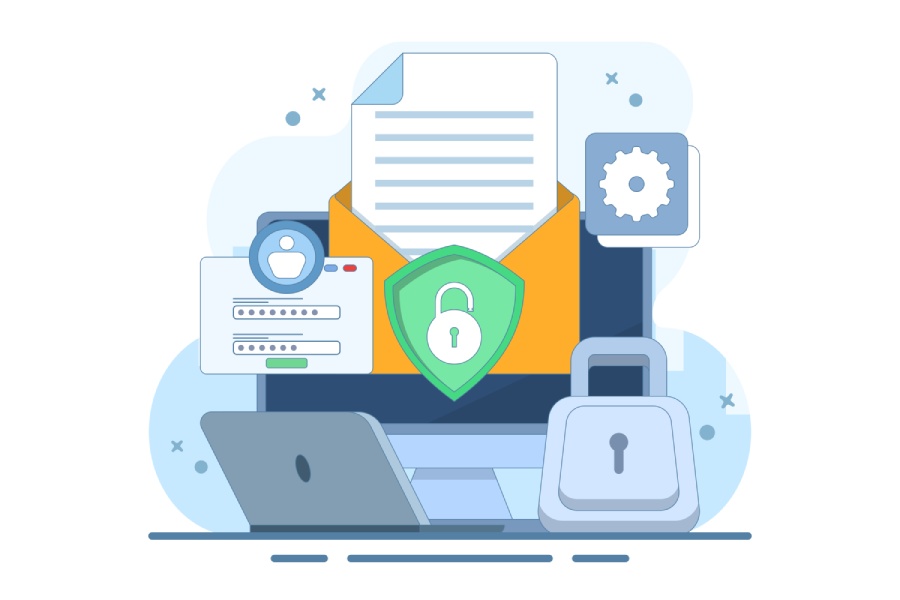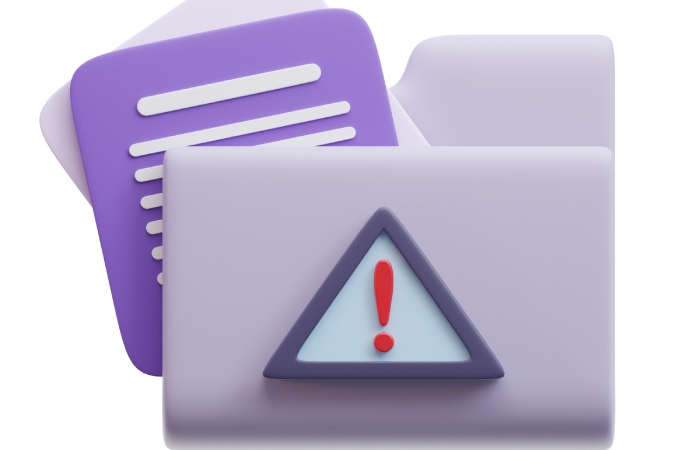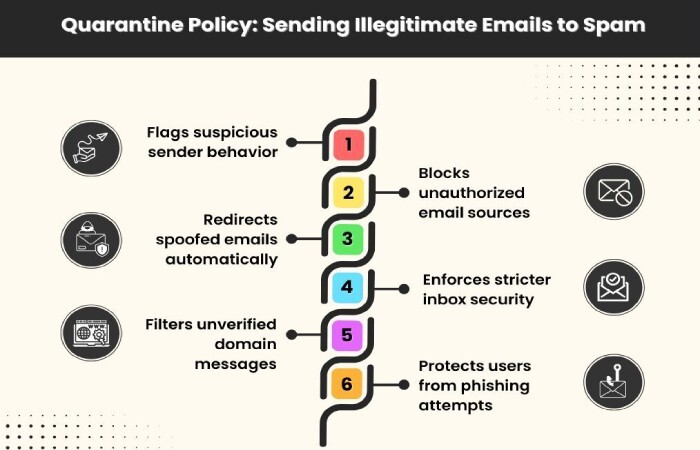How SPF, DKIM, and DMARC quietly protect every email you send?
Every email sent from your domain needs to be from a clean, legitimate sender. Even a single communication attempt by a threat actor impersonating your brand can lead to phishing, spoofing, business email compromise (BEC), and ransomware attacks. This is exactly where SPF, DKIM, and DMARC step in every time an email is sent from your domain.
Together, these protocols make quiet security checks in the background, fulfilling their responsibility like invisible guards. They verify your identity, safeguard the content, and ensure your emails aren’t spoofed, altered, or used for phishing attacks.
SPF verifies the sender’s IP
SPF works by verifying each time if the email sender’s IP address or mail server is listed in the SPF record. If yes, the email passes the SPF check and lands in the recipient’s inbox. If not, it is either treated as per Soft Fail (the email gets placed in the recipient’s spam folder) or Hard Fail (the email is denied entry).
However, SPF is a very sensitive protocol; it gets erroneous with even a slight misconfiguration. Therefore, the person in charge of your SPF record must regularly update the sending sources mentioned in it. They should remove old or unused services that no longer send emails on your behalf, while also ensuring to add sending sources belonging to new joiners and vendors.
DKIM seals the email with a signature
DKIM is like a digital wax for your outgoing emails. It works by adding a cryptographic signature that’s unique to your domain and the email’s content. When the recipient’s server receives the email, it verifies the signature using your domain’s public key published in DNS.
If the content has been altered in transit, the signature won’t match, helping detect tampering. Unlike SPF, DKIM remains valid even when emails are forwarded, making it a reliable way to prove the message came from you and hasn’t been changed along the way.
DMARC is the final gatekeeper
DMARC brings SPF and DKIM together and adds an important email security layer to your outgoing emails. It checks whether the domain authenticated by SPF or DKIM matches the domain visible to the recipient (the “From” address). This helps prevent attackers from using your domain, even if they bypass SPF or DKIM checks by using lookalike servers.
Well, DMARC works beyond alignment; it helps the domain owner instruct the receiving servers on how to handle unauthorized emails sent on their behalf. There are three DMARC policies that domain owners can choose from.
- The ‘none’ policy lets suspicious emails pass through and land in the inbox as usual.
- The ‘quarantine’ policy sends illegitimate emails to spam folders so that recipients proceed with them cautiously.
- The ‘reject’ policy blocks them entirely, preventing any chances of email abuse.
Conclusion
Every time you hit the ‘send’ button, SPF, DKIM, and DMARC work silently to evaluate if the email is potentially fraudulent. With so many email-driven cybercrimes happening these days, it’s important for companies of all sizes to ensure these protocols are set up properly.



